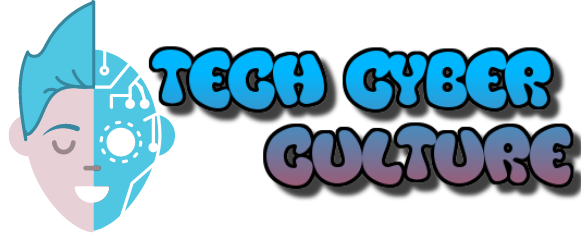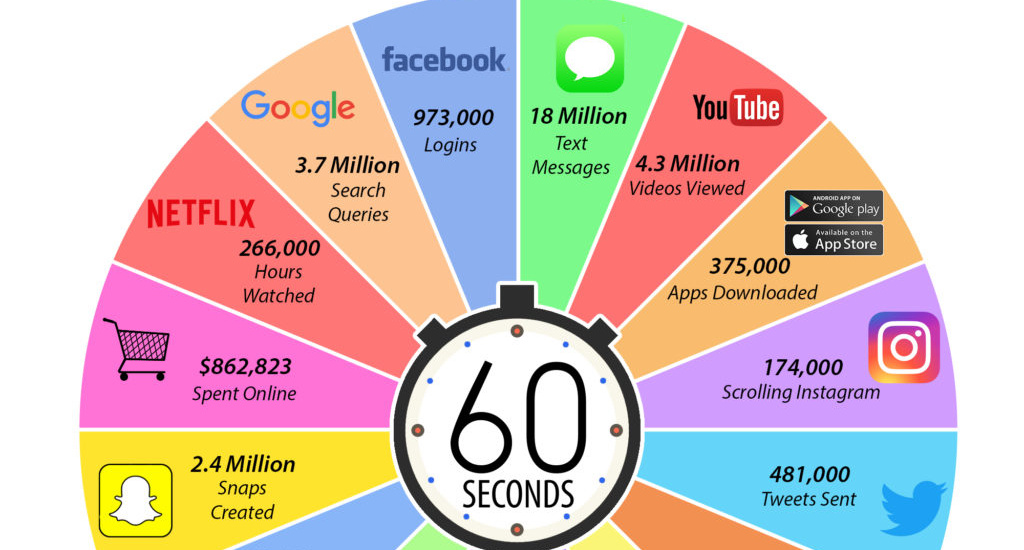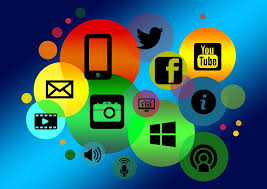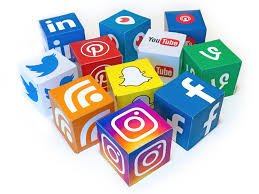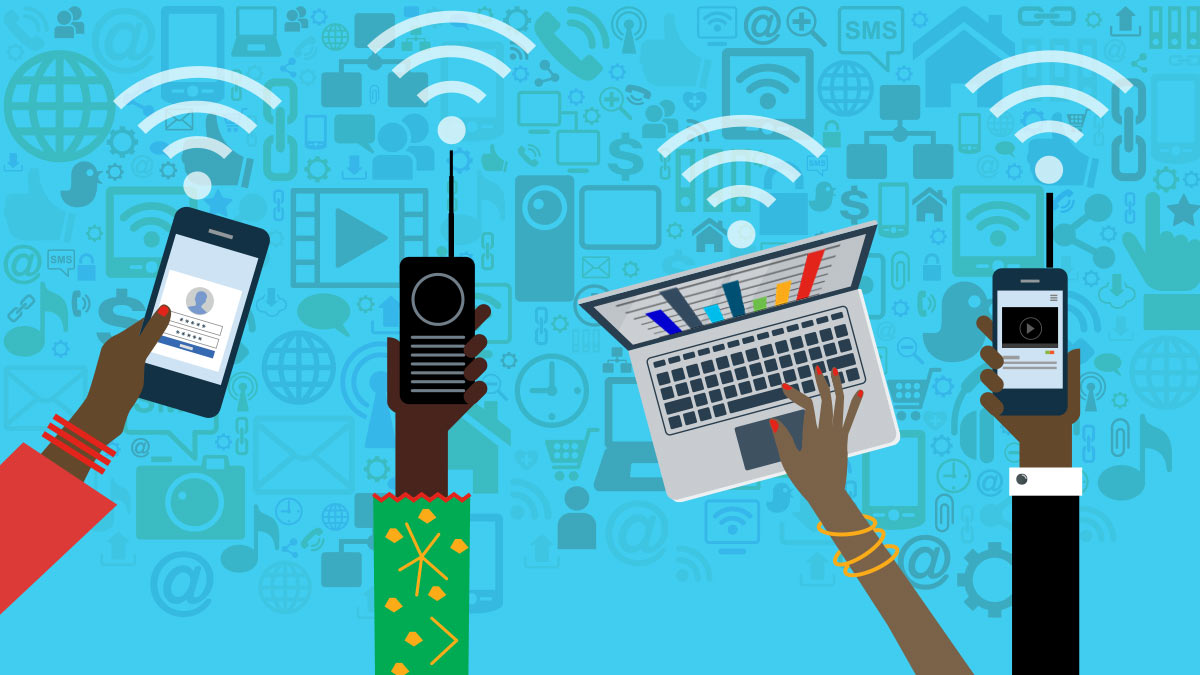What are the top 10 developments in the field of virtual reality (VR) and its applications in gaming, training, and therapy?
1. Oculus Rift: The release of the Oculus Rift in 2016 marked a major milestone in VR gaming. With its high-quality visuals and immersive experience, it revolutionized the gaming industry.
2. HTC Vive: The HTC Vive, also launched in 2016, introduced room-scale VR, allowing users to physically move within their virtual environment. It further enhanced the immersion and interaction in VR gaming.
3. PlayStation VR: Sony’s PlayStation VR brought VR gaming to the console market, making it more accessible to a broader audience. Its compatibility with the PlayStation 4 console attracted a large user base.
4. VR Training Simulations: VR is increasingly being used for training purposes in various fields such as aerospace, defense, healthcare, and industrial sectors. VR simulations provide realistic scenarios for hands-on training without any real-world risks involved.
5. Virtual Therapy: VR is being employed as a therapeutic tool for treating various mental health conditions, including phobias, PTSD, anxiety, and depression. By creating virtual environments that mimic triggering situations, individuals can confront and manage their fears in a controlled setting.
6. Augmented Reality (AR) and VR Integration: The integration of AR and VR technologies has opened new possibilities in gaming, training, and therapy. It allows users to overlay virtual objects onto the real world, creating mixed reality experiences.
7. VR Haptics: Advancements in haptic feedback technology have enhanced the immersive experience in VR. Users can now feel physical sensations and touch virtual objects, further blurring the line between the virtual and real world.
8. VR in Rehabilitation: VR is being incorporated into physical and occupational therapy to aid in the recovery process. Patients can engage in virtual environments that motivate movement, help with motor skills rehabilitation, and provide a less monotonous experience.
9. VR in Education: VR has found its way into education settings, providing immersive learning experiences. Students can explore historical sites, practice complex scientific concepts, or interact with virtual characters in a more engaging and interactive manner.
10. Social VR: Virtual reality is increasingly becoming a social experience. With platforms like VRChat and AltSpaceVR, users can socialize, attend events, and interact with others in virtual environments, bridging distance barriers and bringing people together.
